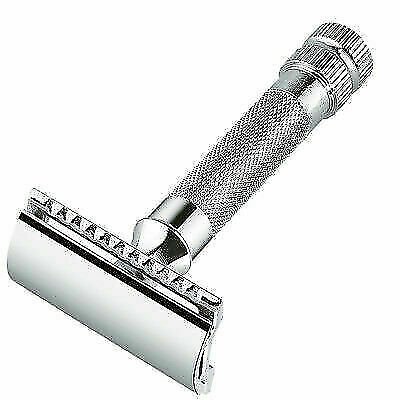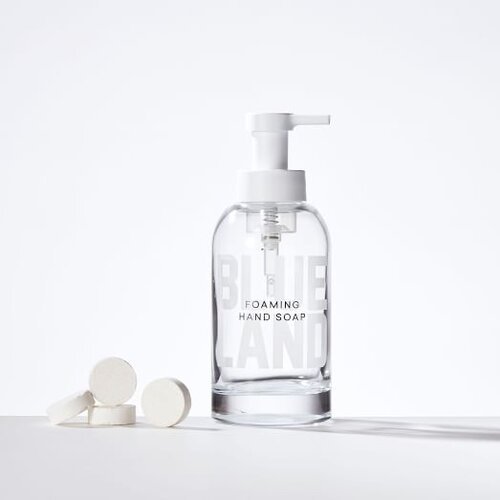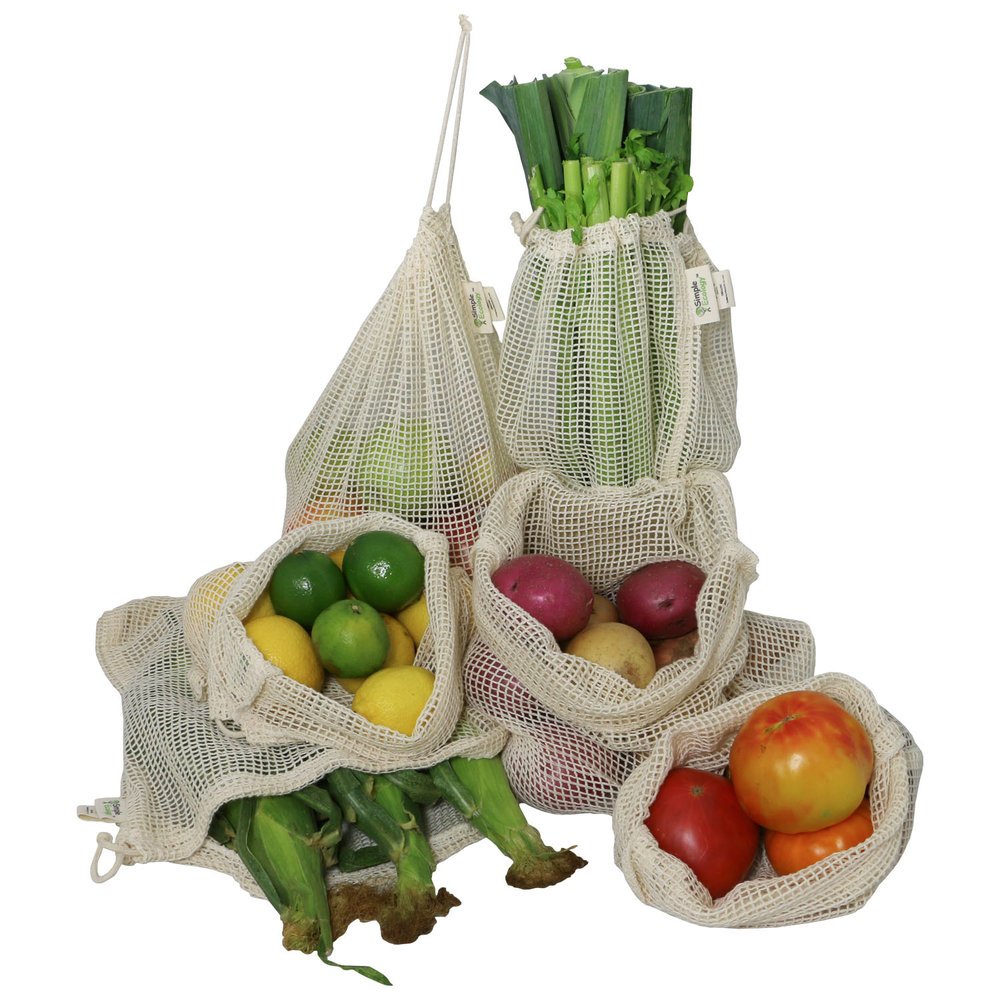Six items to help cut back on waste
By Mariana Duran
For far too long, we have continued to be massive consumers of single use items without thinking about the environmental effect. Fortunately, several items are available that can help us be more mindful of the purchase choices we make.
With more people becoming aware of our society’s growing plastic consumption, it’s increasingly important that we begin to explore other less wasteful options.
However, it may be intimidating to change up the routine that one may have grown accustomed to, especially when these new products work completely different than what is used to or there is a fear that it is very expensive.
It does not have to be intimidating. The Breeze is here to go over the basics and reasons to make the switch to more zero-waste products.
It is important to note that while these items are called “zero-waste,” there is no such thing as 100% zero waste. However, these products significantly reduce plastic consumption and benefit the planet greatly.
Here are a few items that the average household might find useful.
Shampoo & Conditioner bars - $8-$15
First up on the list are shampoo and conditioner bars. Instead of the usual plastic bottle that probably can not or will not be recycled, these bars come wrapped in paper, or sometimes nothing at all and can last eighty or ninety washes. That is the equivalent of two or three bottles of shampoo.
It is currently estimated that 299 million Americans use traditional shampoo, with one plastic bottle taking over 450 years to decompose.
Bars usually do not contain drying sulfates and parabens like traditional shampoo that can leave hair feeling stripped and brittle.
Using the bars does take a bit of a learning curve. We are accustomed to traditional shampoos foaming up due to sulfates, and without that visual cue, it may be difficult to know if our hair is actually getting clean.
To use the bars, simply wet hair the way one normally would, and rub the bar between the hands to lather it up a bit before running the bar through hair.
Safety Razors- $25
One of the biggest issues with disposable razors is that they can not be recycled and according to the EPA, nearly 2 billion razors will end up in the landfill each year.
In contrast, the steel in the single blade of the safety razor is recyclable and the body of the razor can be used for years before that too can be recycled.
It is also extremely cost effective seeing as the razor itself is a one time purchase and a 100 packet of blades costs $6.
The cost comparison between the two is also something to note. After the initial purchase of head of the razor, it will roughly cost $111 for the disposable blades, versus $6 for 100 recyclable blades.
Refillable Hand Soap- $11-$20
The soap pumps that the average household use are not recyclable.
A refillable bottle reduces plastic waste significantly. Many of the refills come in cardboard containers or come in a pill like item that can dropped into the dispenser and once mixed with water, will create a foaming soap. By using refillable soap instead, the consumer is making the more eco-conscious decision as it reduces packaging needed to create traditional soap.
Reusable Water Bottles- $8-$35
While plastic bottles are technically recyclable, less than 10% get recycled and they can only be melted down twice to be reused. They take massive amounts of oil to produce and have contributed to the Great Pacific Garbage patch that is now floating out in the pacific ocean. A one-liter bottle of water takes 250ml of oil and requires anywhere from five to ten million joules of energy to be produced.
Because the water sits in these disposable plastics for months on end before reaching the consumer, toxins eventually leach into it which is bad for the health of humans. The most common toxin is Bisphenol A or BPA for short which mimics the effects of estrogen.
Studies have also shown that 90% of disposable water bottles contained high levels of micro plastics, with one brand reaching levels as high as 10,000 micro plastics.
By purchasing a reusable water bottle, one can avoid the harmful contaminants and cut down on waste.
Stainless steel bottles keep beverages temperature controlled which gives the consumer more ways to enjoy the simple pleasure of having water available.
Bamboo Cotton rounds- $15
For those that wear makeup or nail polish, disposable cotton pads are usually the first choice.
Those traditional cotton balls will always end up in landfills immediately, with each kilogram of cotton balls produced using 20,000 liters of water.
One of the biggest issues with cotton production is the overuse of pesticides that stay on the product after it’s been finished that will ultimately be absorbed by the skin.
However, with bamboo cotton rounds or similar materials, they can be washed with regular laundry and will last for several years with proper care.
Bamboo is a naturally biodegrading material so once the life of the product is used up, it can be placed into a composting bin to break down naturally without pollutants.
Reusable Produce/Grocery Bags- $2-$12
Mesh bags provide an alternative to the traditional plastic bags you put grocery produce in. The issue with these plastic bags is that most of them will end up in the landfill or in our oceans where they will eventually break down into micro plastics.
Currently, Americans use 14.5 tons of plastic.
Grocery and produce bags that can be used over again will last for years and can be a great benefit to the planet.
This is just a small sample of some of the things you could do to cut back on waste. With the effects of climate change happening now, it is important more now than ever that we start to be mindful of the waste we produce.






